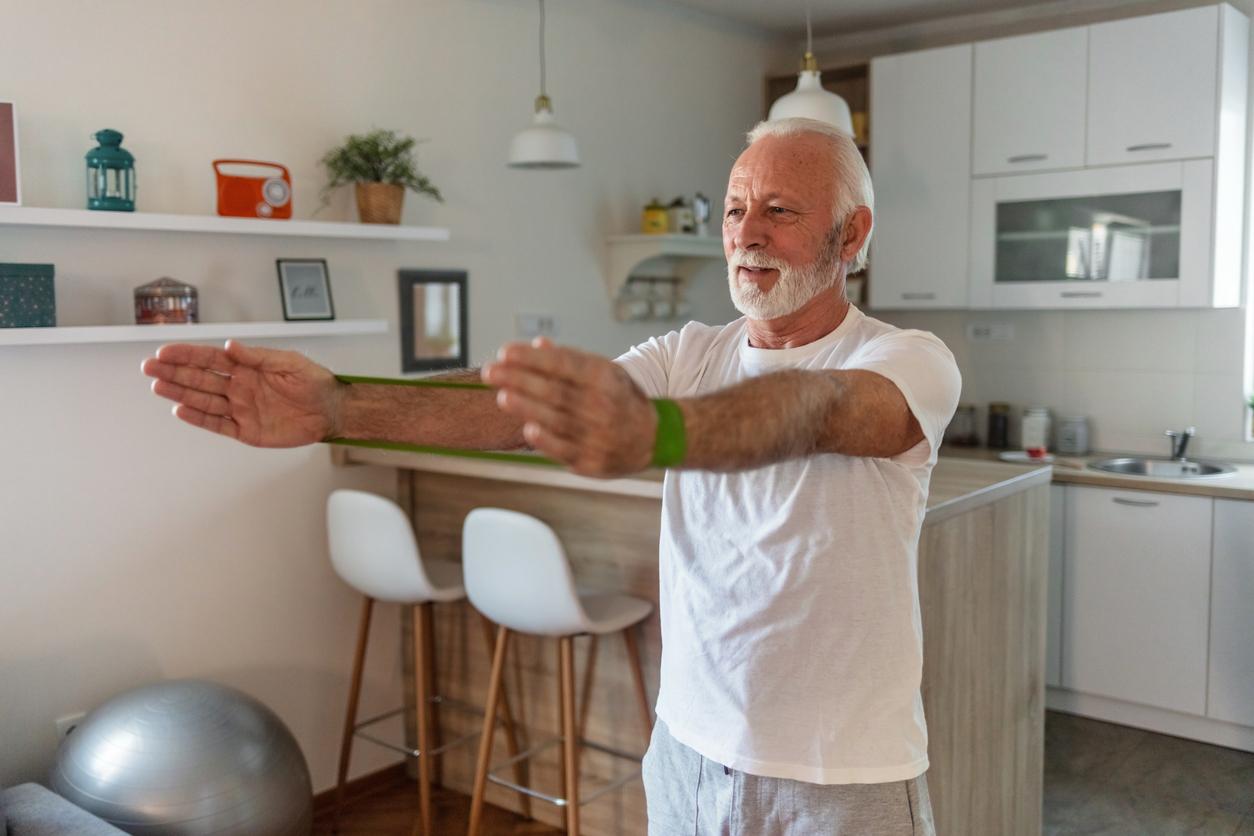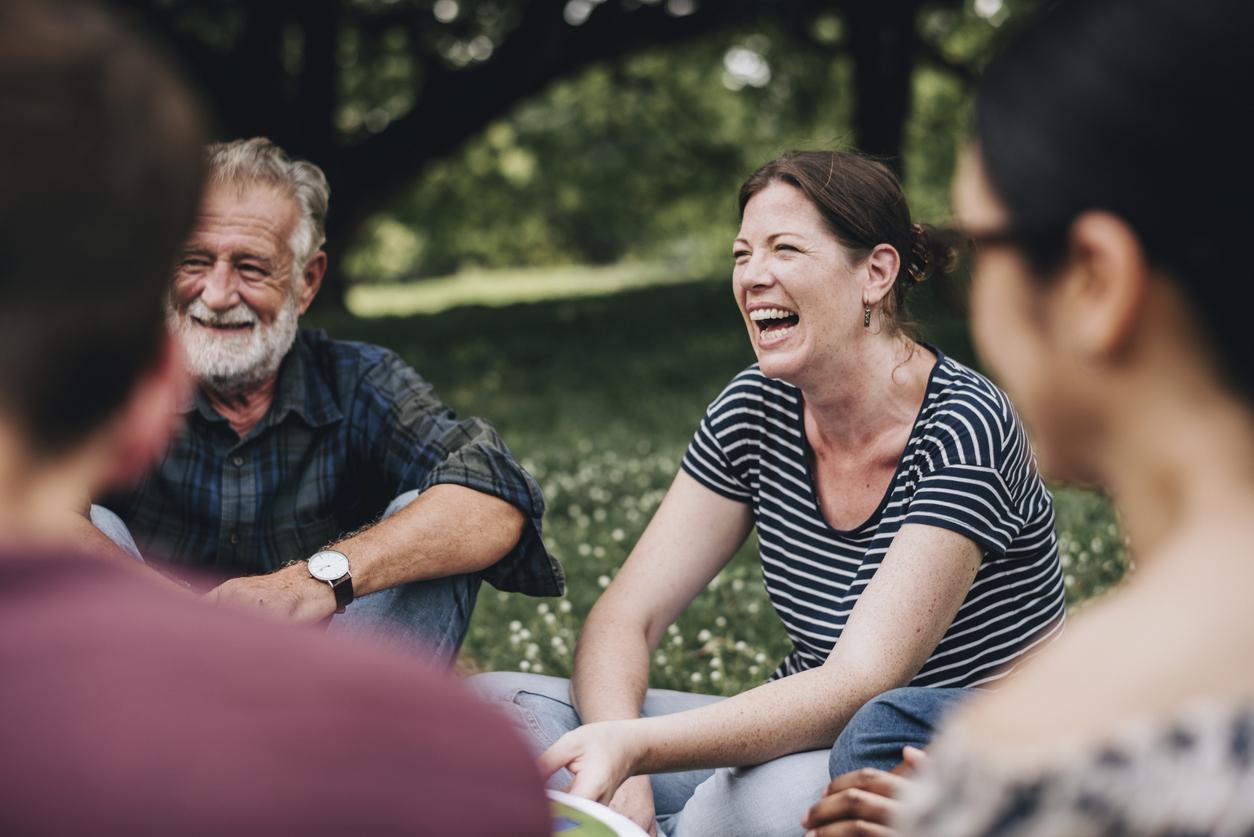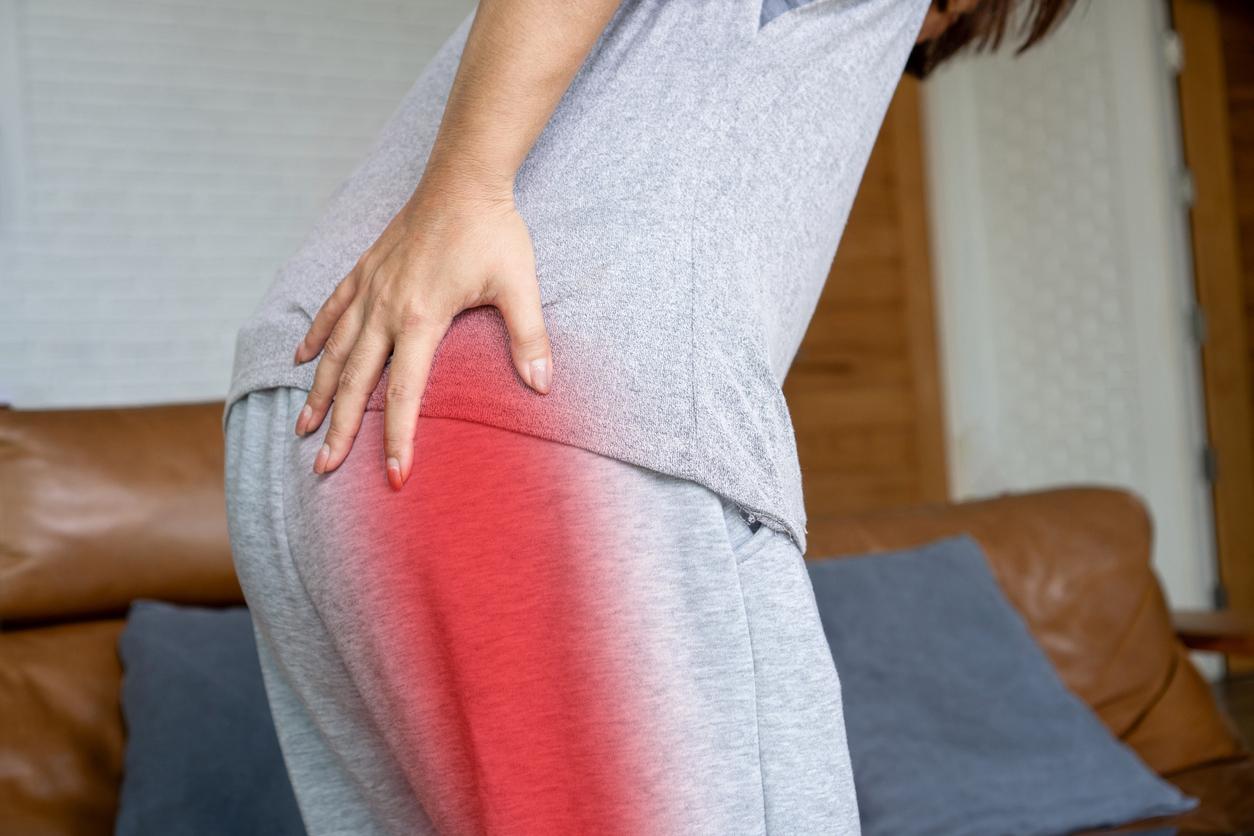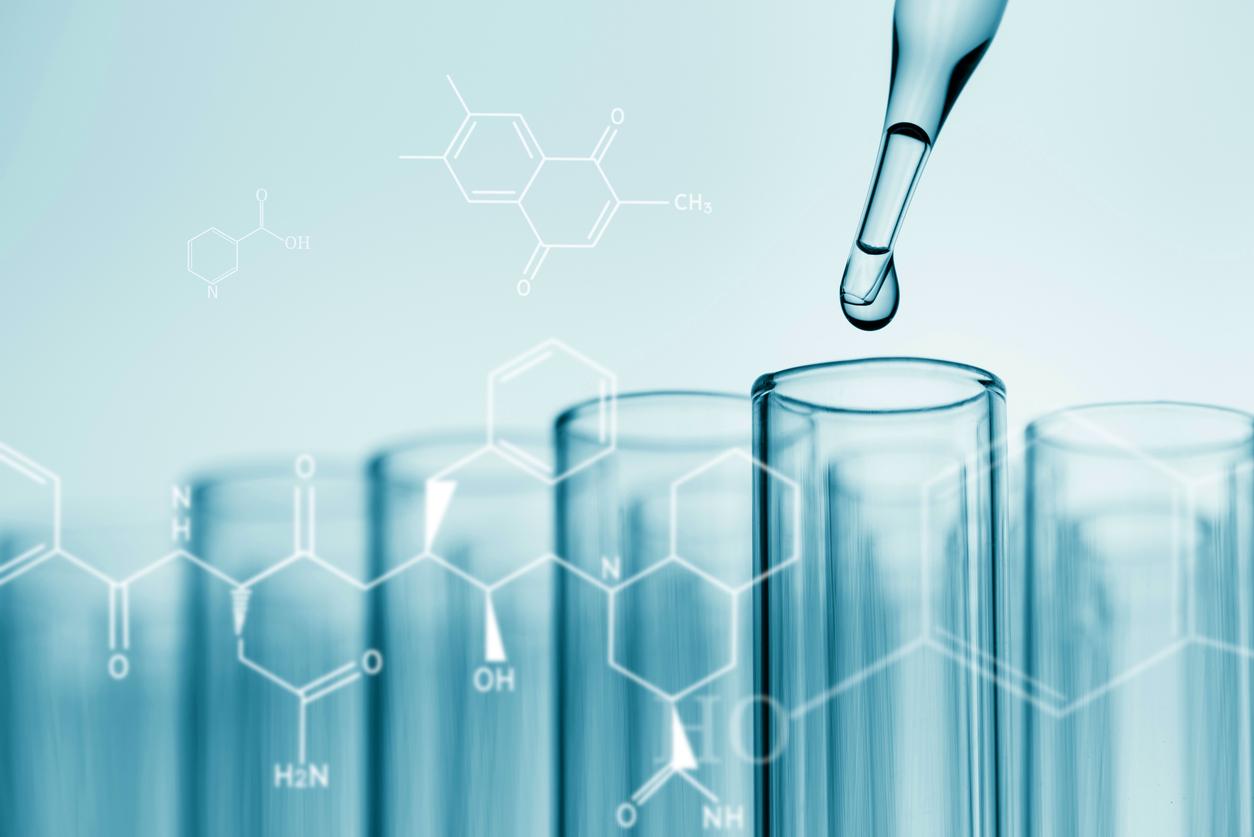Mornings can be a difficult time, especially for people with osteoarthritis who suffer from pain and stiffness. Laurie, an APA (adapted physical activity) teacher at the Sport Santé complex in Amnéville Les Thermes, explains how muscle awakening can help them gently loosen up their joints.

Why Doctor: Knee, hip, shoulder, hands… Osteoarthritis is the most common joint disease. In fact, it affects 10 million French people. As a reminder, this pathology manifests itself through pain, swelling, stiffness, which can lead to disability with a loss of mobility. To avoid this, health professionals recommend that patients continue to move and practice regular physical activity of moderate intensity outside of inflammatory flare-ups. Which ones do you recommend?
Laurie: In case of osteoarthritis, it is recommended to turn to gentle physical activities, such as swimming, aquagym, aquabiking or walking. These will help to maintain good mobility of the painful joint and strengthen the muscles. To continue moving every day, it is also possible to do a muscle awakening every morning.
What is a muscle awakening?
As a reminder, synovial fluid lubricates and reduces friction between the cartilaginous surfaces of the joints during movement. In osteoarthritic patients, this fluid becomes less viscous, which therefore reduces its effectiveness as a lubricant.
In this situation, muscle awakening helps to get the body of patients who have pain or suffer from stiffness going. In detail, it is a practice aimed at preparing the muscles and body for physical activity after a period of rest or inactivity, especially at the beginning of the day. It is composed of a series of light and progressive exercises designed to “wake up” the muscles, improve blood circulation, increase body temperature, and prepare the joints and muscles to avoid any stiffness.
Stress, anxiety, depression: muscle awakening improves “mood and quality of life”
What are its benefits ?
Muscle awakening helps maintain joint mobility, reduce stiffness, improve flexibility and range of motion. Beyond the physical benefits, these stretches and exercises done in the morning have a positive impact on the mental health of patients. Indeed, they reduce stress, anxiety and depressive symptoms and thus improve mood and quality of life.
What happens during a session ?
We start with dynamic stretches such as arm circles, pelvic tilts, left-to-right torso rotations or dynamic lunges. Then, we move on to light cardiovascular exercises to gently increase body temperature (knee raises, heel-to-butt raises, jumping jacks or squats). It is possible to combine movements, for example: squats with arm raises, lunges with twists.
We can then move on to stretching, yoga and Pilates, which are very good practices for gentle muscle strengthening. For muscle awakening to be effective, it is advisable to start with slow movements and gradually increase the intensity. Breathe deeply to oxygenate the muscles, drink water before and after exercises to stay hydrated, and listen to your body to be attentive to its sensations and avoid sudden and painful movements.
Muscle awakening: support from an APA teacher to avoid injury
How often and for how long should you do muscle awakening?
The idea is to move, even just a little bit in a crisis, but you don’t need to spend an hour doing it every morning. It can be as little as 10 to 15 minutes.
Is it better to be accompanied by a professional?
If you have never done muscle awakening before, it is better to be accompanied by a professional, such as an adapted physical activity (APA) teacher, so that the latter can explain and show the exercises to the patients. In addition, he can correct the postures during the session to prevent them from injuring themselves.


















